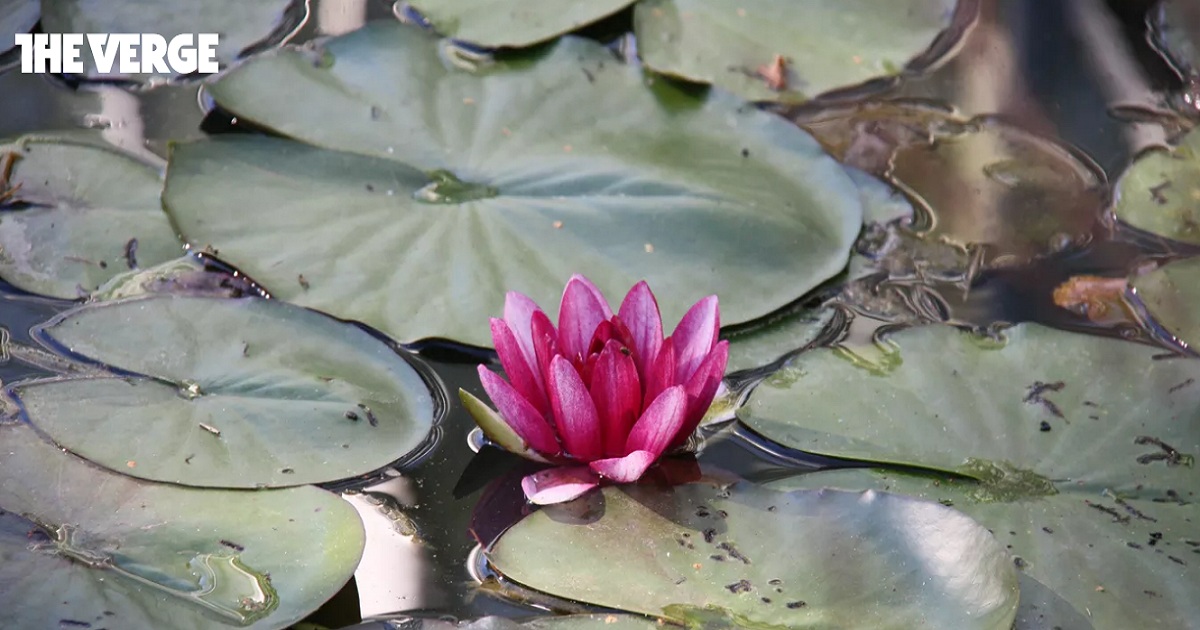Glowing, toxin-detecting plants are the green engineering of the future
The Verge | April 03, 2019

Lotuses grow in a fountain outside JJ Richardson’s apartment in Melbourne. One day, Richardson, a chemical engineer at the University of Melbourne, noticed the flowers while walking by and thought that these water-loving plants would be perfect for a new research project: teaching plants to detect dangerous chemicals.
Richardson isn’t a plant biologist. Most of the time, he researches metal-organic frameworks, a crystal-like nanomaterial that is useful for everything from gas storage to drug delivery to sensing compounds. With an undergraduate degree in philosophy and a master’s in systems engineering, Richardson has long been interested in life and lifelike materials and became intrigued by the possibilities of plants after coming across a 2015 Science Advances paper where researchers demonstrated a way to create an electronic circuit inside a plant.